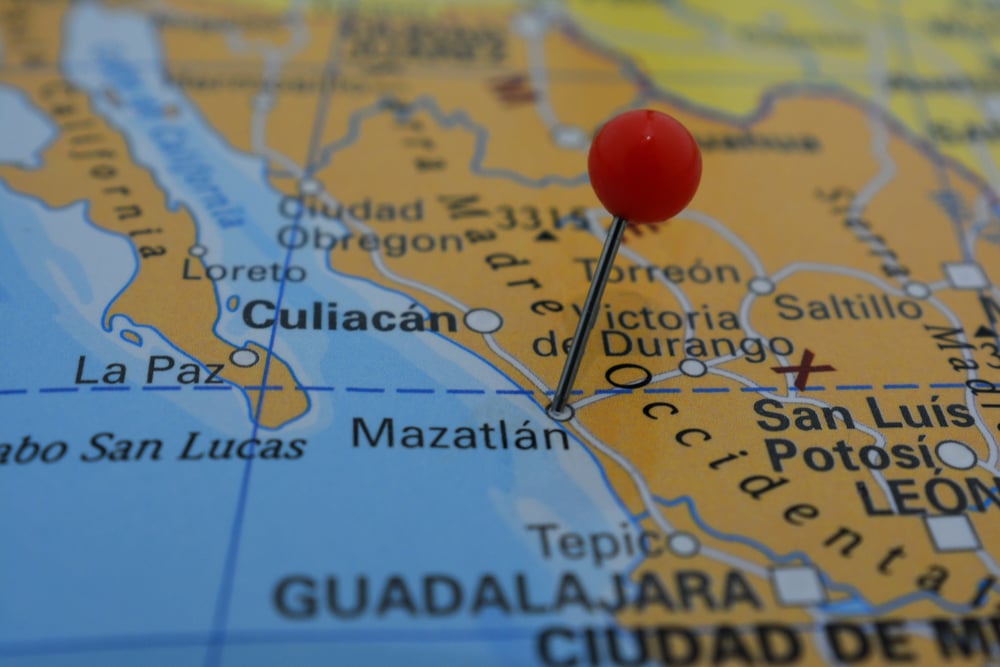The Mexico manufacturing executive with all the cell phones? He's no cell salesman. He's just a guy saving a few pesos!
That maquiladora plant manager with four cell phones on his desk, in addition to his landlines, knows something that a lot of people learn the hard way: it's almost always cheaper in Mexico to have multiple phones than a single one.
Yes it'd be nice if manufacturing executives in Mexico wouldn’t be well served to stuff a phone into every pocket, but the reality in the Spring, 2012, is that several contracts in Mexico are cheaper than one.
First, here’s a crash-course in Mexican phone system: The country has historically been a fairly expensive place to own a landline or cell phone.
In the fixed-line arena, this was the case when the Mexican government operated Teléfonos de México, known as Telmex, as a monopoly covering residential and business clients. Under nominal deregulation, cable companies and a couple of private carriers have entered the market. Customers typically pay more than $20 a line regardless of who their chosen carrier is. The positive result has been that long distance calls from landlines have dropped dramatically in cost in recent years. Prior to the privatization of Telmex in the mid-1990s, the company had enjoyed years of charging rates double and triple those for comparable service in the U.S.
Cell phones offer a more optimistic scenario. The Mexican cell market is dominated by Telcel, owned by magnate Carlos Slim and also the owner of Telmex; and Movitel. Also in the market: América Móvil, Avantel, Axte, Binbit, Claro Americas, Movistar, NII Holdings, Roamingdove/sandbox, Telnor and Unefón.
As of now, there are no companies offering unlimited voice or data plans to manufacturing executives in Mexico, or other customers. Many companies still charge for text messages and calls within Mexico, while cheaper than in years past, still range from five o six US cents a minute for calls made to fixed phones to potentially quadruple that amount for cell-to-cell calls. The upside to cell phones in Mexico is that they are sold everywhere, and with a range of phones from almost-disposable Nokia costing $20 (which comes with 100 minutes of air time) to an I-Phone. The Amigo Kit, from Telcel, does not have a monthly fee.
To keep the phone active, the user purchases pre-paid airtime, which, depending on the amount purchased, ranges from free for local calls or to favored numbers, to five pesos or more for long distance. There is no charge for receiving calls on a cell unless one is roaming. In that case, the roaming fee is likely to be four pesos a minute, about 30 cents. Many, instead of roaming, simply buy a new SIM card when they travel away from their home region.
Roaming rates in Mexico on U.S.-contracted phones are exorbitant. Sprint, for example, ranges from 99 cents a minute to $ 1.59, to place or receive calls. T-Mobile's prices are similar. The only major U.S. carrier with a plan that might --- just might --eliminate the need for Mexican phones is AT&T. It offers a North America plan that allow calling and receiving both from, to and within Mexico for about 10 cents a minute with a minimum contract. This means, for example, that an AT&T client might call from Hermosillo to Manzanillo for the same reasonable price it will cost him to dial the U.S. The downside to this service plan, however, is that it still requires that Mexican dial the United States, an oft-costly action on the Mexican side, to reach the call’s intended target, even if the person in the office down the block.
In order to understand the Mexican phone system, one should think of Mexico and "Mexico cell" as being two different countries. When one calls a landline in Mexico, it is done by dialing the 52 country code, three digits that define the city and a seven digit local number. When one calls a Mexico cell, he dials 52 plus "1," an indicator of a cell phone and -- you guessed it -- rates three to five times higher than calling a landline. Mexico cell numbers are 10 digits, three for the city code and seven for the local number.
There are a couple of ways of circumventing the fixed and cell systems, altogether, but both will mean that the user won't always be able to receive or initiate a call on-demand.
Many Mexico manufacturing executives have contracted Nextel (Sprint) service, which utilizes radio, or walkie-talkie, technology. Calls from the U.S. to Mexico, or vice-versa, cost $1 daily for this service. Nextel telephones are assigned local numbers and dialed as if they were land lines.
Mexico has tens of thousands of public phones that accept cards, known as "Ladatel," cards, which can be purchased at retail outlets in denominations of 30, 50 and 100 pesos. Those phones, which do not accept coins, charge three pesos (about 25 cents) for a local call of unlimited duration. They charge about 30 cents a minute for local cell calls and 36 cents a minute for long-distance cell calls.
Another way of that a manufacturing executive in Mexico can circumvent the phone system is through Skype or Google Voice, the VOIP system that enabes computer users to speak, for free, to another computer user with Skype software installed, or computer to phone. Under these scenarios, one can sit at wi-fi location in Mexico City, for example, and speak for free or for a nominal fee to another Skype user, a land line or a cell phone in Guaymas, Empalme, Saltillo, Monterrey, or wherever business activities may require.
Subscribe
Sign up and stay informed with tips, updates, and best practices for manufacturing in Mexico.





